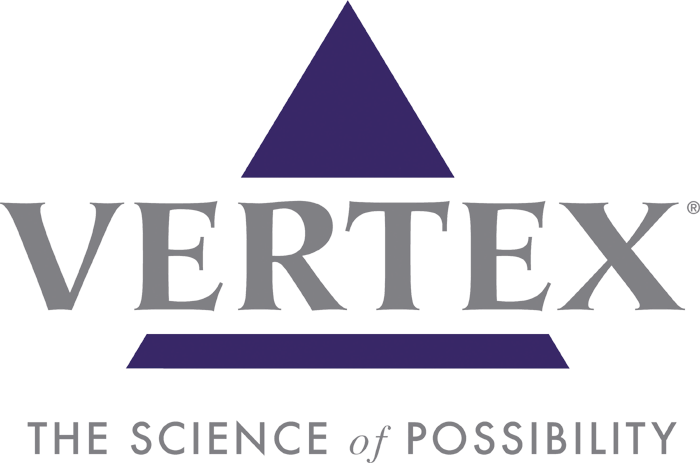Imagine an in-center hemodialysis program that doesn’t intrude on your daily schedule, delivers better results and makes you feel better than conventional dialysis. That’s nocturnal dialysis. In-center nocturnal dialysis replaces the familiar three-hour daytime sessions, three times a week, with three dialysize-while-you-sleep nighttime sessions.
Sound good? As a Canadian patient of mine once said, “Conventional hemodialysis is like riding a Volkswagen on a dirt road. Nocturnal hemodialysis is like riding a Rolls Royce on a freshly paved surface.” Launched in Canada in the 1990s to improve dialysis outcomes and reduce costs, the first nocturnal hemodialysis regimens were home-based. The first U.S. home programs in
Virginia and New York were so successful that Fresenius Medical Care initiated nocturnal hemodialysis in the United States on an in-center basis, so that more patients could have access to this service.
More is Better – and Better for You
In the U.S., most patients hemodialyze for three to four hours, three times a week in a clinic. After studying dialysis treatment programs in different countries, it was discovered that the best outcomes were in France, where patients are hemodialyzed for eight hours, three days a week. This supported the idea that “more is better.”
But for American hemodialysis patients, eight hours of dialysis, three times a week would be a huge economic and social challenge. For this reason, nocturnal dialysis was created to give patients the option of dialyzing in-center for longer periods of time — while sleeping. So patients can get the treatment they need and preserve their normal schedule of work, school and family activities.
Why nocturnal dialysis?
• Feel better, more alert and more energetic
• Have more time for daytime activities — work, school, play and family
• Save money due to fewer hospital visits and fewer medications
Health Benefits
• See improved dialysis results
• Alleviate sleep apnea
• Help improve sexual performance
• Lower your blood pressure
• Reduce amount of medications
• Improve your cardiac function
Better Dialysis Results
By almost every measure, the longer sessions, even with the slower pump speeds, resulted in improved dialysis clearance, better overall patient health and quality of life. A 16-year dialysis veteran once told me, “Since I started on nocturnal hemodialysis, I feel that I am in much better health. I am now able to do more of the things I want to do. I really enjoy this.”
So, what accounts for this? A much improved Hemodialysis Product (HDP) score, for one. A standard measure of dialysis effectiveness, a patient’s HDP rating equals the number of hours per dialysis session multiplied by the number of sessions per week, squared. So, a patient who has dialysis for four hours, three times a week has an HDP of 36. Someone dialyzing for three hours, five days a week, a tough, every-day schedule, has an HDP of 75. But a nocturnal dialysis patient having three sessions per week of eight hours each has a healthy HDP of 72.
Because the overnight sessions are longer, there is more time to clear as much waste as possible from the blood. The standard measure for dialysis effectiveness is KT/V (K – dialyzer clearance; T – dialysis time; V – volume) and the benchmark range is 1.2 to 1.4. Before nocturnal dialysis, many patients had KT/V ratings of less than 1. Now, most have ratings of 1.2 or 1.4 – and many are even 1.8 or 2.0.
Most patients are familiar with the blood urea nitrogen (BUN) value, which measures the amount of urea nitrogen in the blood. The lower the BUN level, the better. Levels are lowest for approximately half an hour after dialysis, at which point the score increases, a phenomenon called urea rebound.
Studies show that three times per week nocturnal dialysis patients have much lower urea rebound than patients receiving conventional dialysis. This may be one of the reasons patients feel better after nocturnal hemodialysis. Or, as one of my patients put it, “I feel much better in the morning when I wake up after dialyzing over night than I do when I only have four hours of dialysis during the day.”
Many Health Benefits, Fewer Medications
Beyond improved dialysis outcomes, nocturnal dialysis has many benefits to patients’ overall health and well-being. For example, sleep apnea affects almost 50 percent of conventional dialysis patients. It causes people to stop breathing for periods of ten seconds or more during the night, disrupting sleep and leaving them feeling fatigued during the day. Nocturnal hemodialysis actually helps correct sleep apnea and increase restorative sleep in many patients. These benefits can continue even on the dialysis off-nights.
One of the biggest pluses of nocturnal dialysis is that it lets many patients decrease the medications they need to take. For example, the longer sessions remove more phosphorus than conventional dialysis. So, many patients can lower the number of phosphate binders they have to take, and some are able to completely discontinue the medications. Further, lower phosphorus levels contribute to better longterm bone health.
Nocturnal hemodialysis also has a major positive effect on both cardiac function and blood pressure. Many cardiac patients need to take fewer prescription cardiovascular medications (excluding blood pressure medications).
The benefit for those with high blood pressure is especially telling. One study based on nocturnal hemodialysis six times per week showed a significant reduction in systolic blood pressure after two years. And, at the outset of the same test with a 17-patient sample, eight took three or more blood pressure medications. After six months, ten of the 17 patients were completely off blood pressure medications, and seven were on only one. In another sample, nocturnal dialysis patients were taking half the number of blood pressure medications after 15 months.
Improved Quality of Life
Studies show that nocturnal dialysis patients, on the whole, are healthier and more alert. In addition to the alleviation of sleep apnea, they report increased energy and stamina, even improvement in their sex lives. Overall, patients in nocturnal units feel more “in control of their lives.” Their eating patterns improve, they experience less depression and are better able to function socially.
Nocturnal hemodialysis even has a positive effect on patients’ financial health. Patients have fewer concurrent illnesses, so they need less hospitalization. One study estimated that six times per week nocturnal dialysis patients needed 64 percent fewer hospital days. In addition, their need for fewer medications accounts for still further cost-savings.
Equally important, the increased feeling of well-being means that more patients can pursue employment. In one group of 19 patients in the nocturnal hemodialysis study, full-time employment increased by 12 percent among those who wanted to work, and two patients who had retired decided to return to work. In another sample, 50 percent of unemployed patients went back to work during their first year of nocturnal dialysis. One eleven-year dialysis patient of mine said, “Nocturnal dialysis is great for me, since it enables me to continue full-time work.”
When I started a nocturnal in-center dialysis program four years ago, we had four patients, all of whom had been on conventional dialysis, and today we have 14. We have had patients who have only done nocturnal dialysis as well as transfers from conventional dialysis. The nocturnal patients in the program have higher survival rates and less hospitalization than conventional hemodialysis patients in the program. But, in addition to better overall health, they just plain feel better.
By almost every measure, our nocturnal program has been a huge success. Not only are dialysis outcomes improved, but patients are healthier and just plain feel better. They can live more “normal” lives, working, playing with their kids and just enjoying life – on the same schedule as everyone else.
Freya J. Silverstein, MD, a board-certified nephrologist, is the medical director of Fresenius Medical Care dialysis clinics in the Boynton Beach, Florida area. Dr. Silverstein’s private practice is located in Palm Beach County, FL.
This article originally appeared in the November 2007 issue of aakpRENALIFE.
























